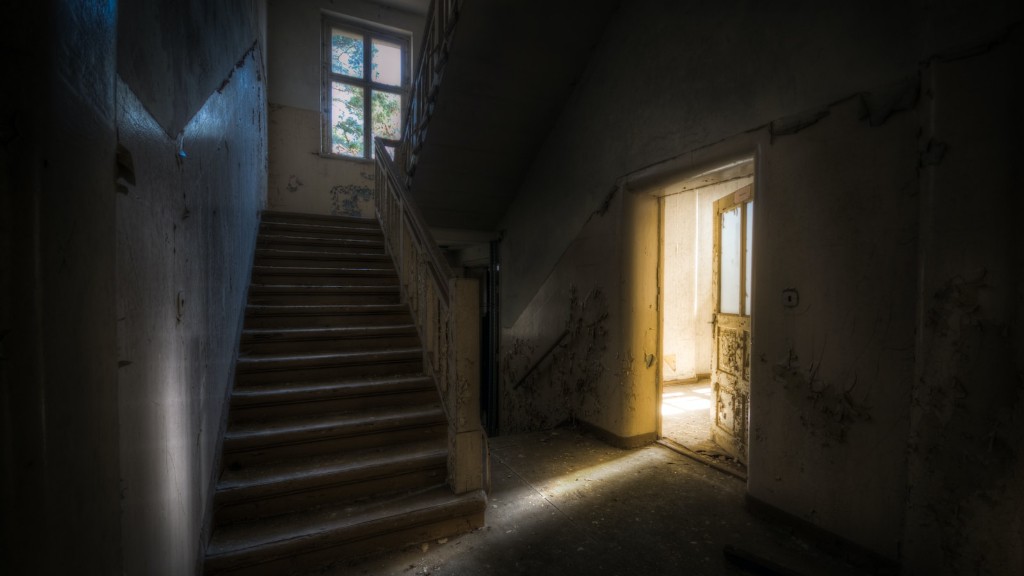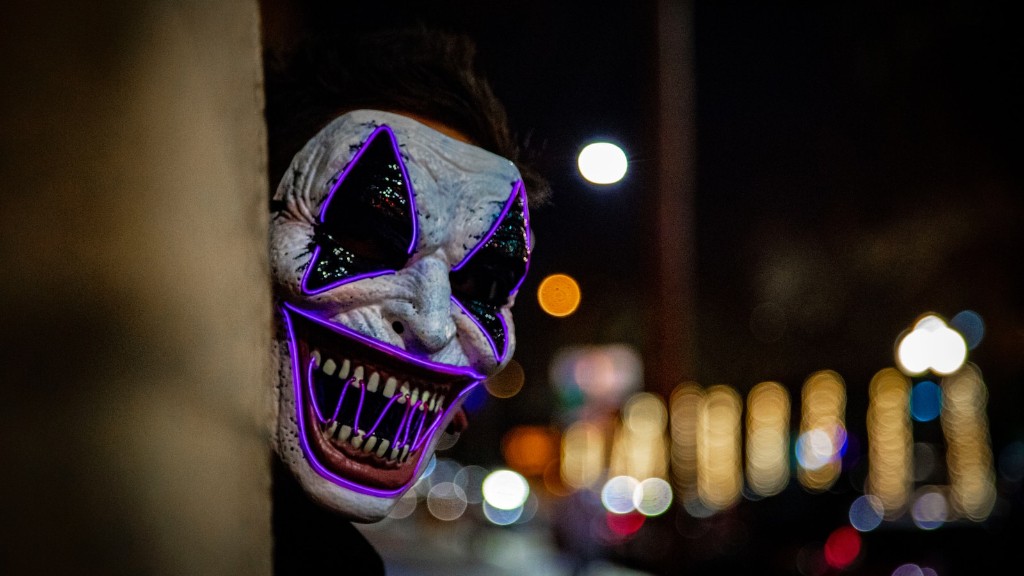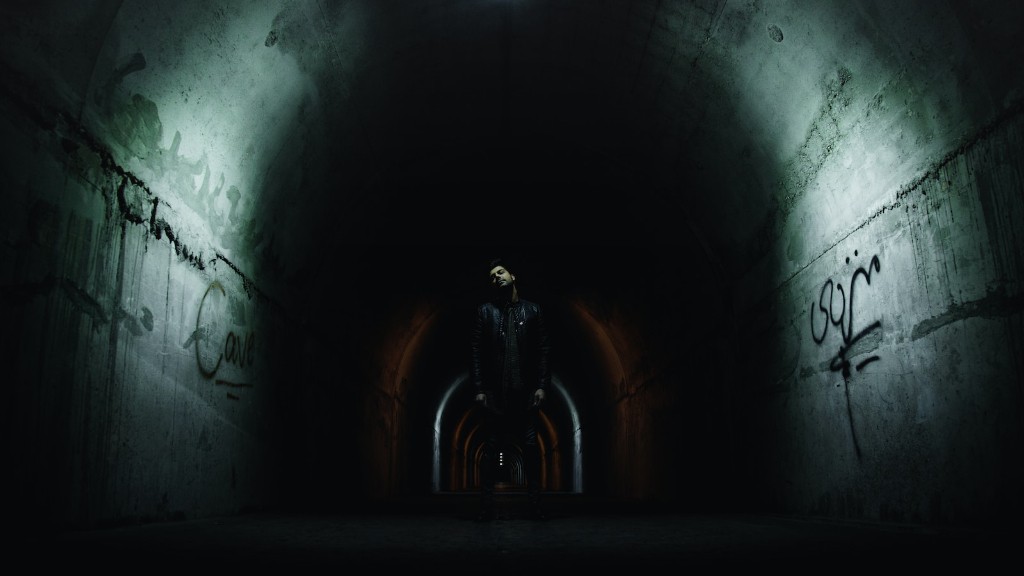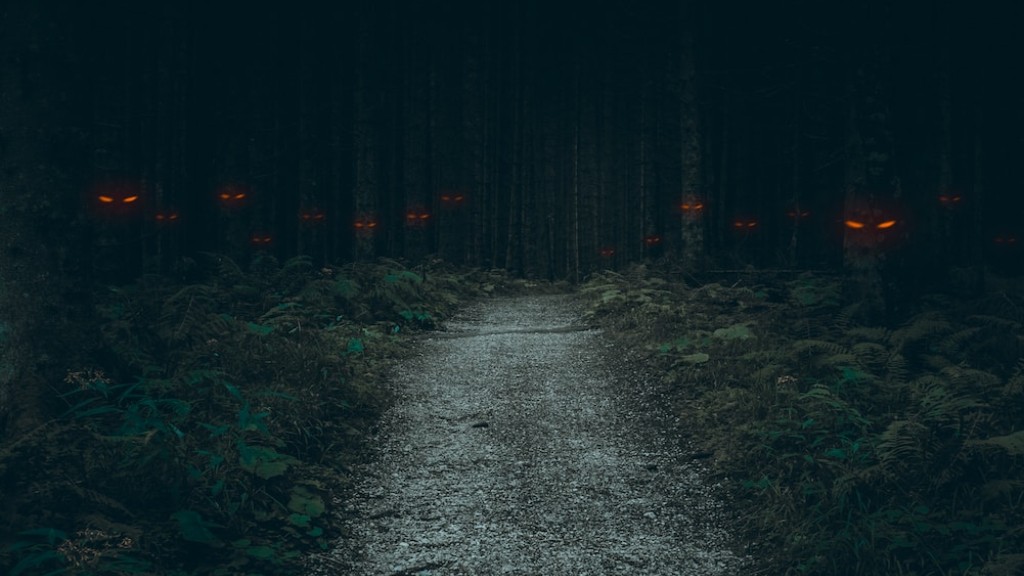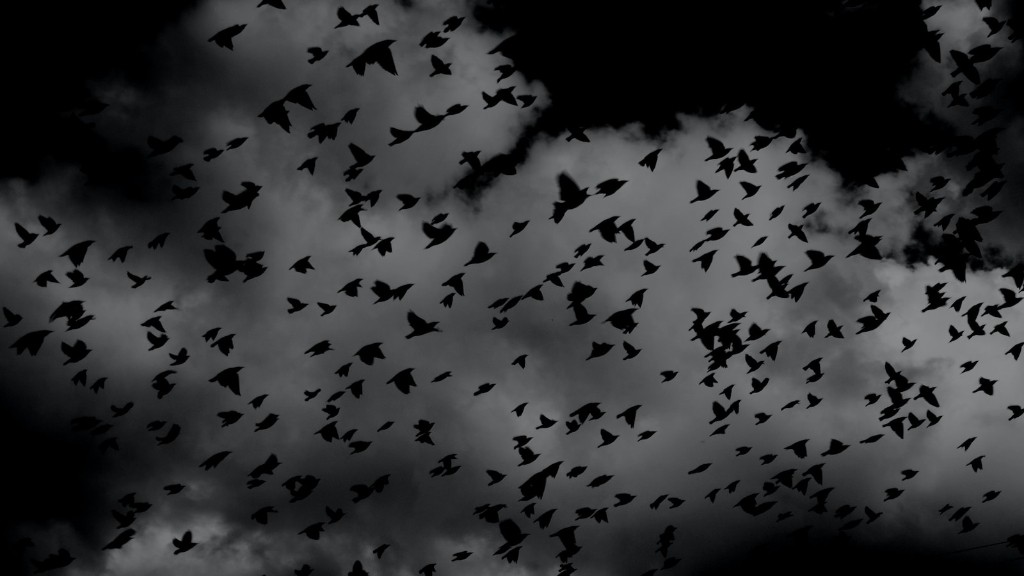Sound effects are an important part of horror movies. They can make the viewer feel scared, astonished, or even disgusted. Most horror movies use a mix of diegetic and non-diegetic sound. Diegetic sound is any sound that comes from within the world of the story, while non-diegetic sound is any sound that comes from outside the world of the story.
The sound effects for horror movies are created by a sound editor. This person works with the film’s audio to create the desired effect. To create a sound effect, the editor will use a variety of sounds, including Foley, dialogue, and sound effects libraries.
How are horror sound effects made?
Horror filmmakers and editors use a few classic techniques to get the scary feeling just right. One of these techniques is to use minor keys. By switching a composition or sound bite from a major key to a minor one, the filmmakers can create a dark and dreadful sound. Another technique is to use dissonance. This involves rearranging standard musical structures to achieve a sense of conflict, unrest, and instability. By using these techniques, horror filmmakers can create a truly spine-tingling experience for their audiences.
Horror films have long used infrasound to create an atmosphere of fear and suspense. By using sound frequencies that are just below the threshold of human hearing, filmmakers can create a sense of unease and dread in their audience.
Infrasound can also be used to create physical reactions in people, such as feelings of nausea and headaches. This makes it the perfect tool for horror filmmakers looking to create a truly unsettling experience for their viewers.
How are sound effects added to movies
Foley artists are responsible for creating the sound effects that are used in films. They may either complement or replace the sound that was recorded on set at the time of filming. The soundscape of most films uses a combination of both.
Foley artists use creativity to make viewers believe that the sound effects are actually real. They may use a variety of methods to create their sound effects, such as using objects to create the sound of footsteps or using their mouths to create the sound of someone speaking.
Foley artists play an important role in creating the overall sound of a film. Without them, films would sound very different – and often not as realistic.
Cutting back on music during a horror film and then suddenly boosting the volume to frighten a viewer is a great way to create an iconic movie scene. This tactic works by increasing or lowering the volume of a piece of music during a scene, which can make a scary moment even more terrifying.
Who puts sound effects in movies?
Foley artists use a variety of props to create the everyday sounds heard in films, television shows, and video games. These sounds can include footsteps, a sword being drawn from a sheath, or the swishing of clothing as two people walk past each other. By recording these sounds, foley artists help to create a more realistic and immersive experience for viewers.
There are many different sounds that can trigger a fear response in us. It is not the sounds themselves that are scary, but rather our brains that associate these sounds with fear. Non-linear sounds are especially effective at triggering our emotions and causing fear.
What instrument makes horror sounds?
The waterphone is a unique instrument that is able to create a variety of sounds, some of which are similar to those made by dolphins and whales. These sounds can be used to create an atmosphere of fear and suspense in horror movies, and have been featured in some of the best-known and well-loved horror movies to date. If you’re a fan of horror movies, then chances are you’ve heard the waterphone used to create eerie and spine-tingling soundscapes.
Lighting techniques used in horror films are designed to disorient the audience and create contrast between a villain and the hero. Uplighting, silhouette, spotlighting, underexposure, harsh light, prominent projected shadows, and shooting through objects can all be used to create a sense of suspense and fear.
What frequency is horror movie sound
The human ear is most sensitive to sound frequencies above 20 hertz. Anything below that is called infrasound. Horror movies often use sounds around the 20-hertz threshold, called sub-bass sounds, to ratchet up the tension in key moments.
Foley artists are paid relatively well for their work, with experienced professionals earning up to $450 per day. Non-union artists who have less experience can still earn a decent wage of $200 per day for uncredited work.
What is the most used sound effect in movies?
The Wilhelm Scream is a stock sound effect that has been used in over 400 films and television shows (and counting). It originated in 1951 in the film Distant Drums. The Wilhelm Scream sound effect is most commonly used when someone is falling from a great height, shot, or thrown from an explosion.
Sound effects are an important part of many forms of media, from movies to video games. These days, it’s common to generate them entirely out of thin air on a computer. This can be done with a variety of different software programs.
Field recorders are another option for obtaining sound effects. These devices capture real-world sounds that can be used in media projects. Foley studios are another option for obtaining sound effects. In a foley studio, special effects are created by hand to imitate the sounds that would be heard in a particular scene.
There are many different ways to create sound effects. The best method for creating sound effects will vary depending on the project and the resources available.
Do horror movies use infrasound
Infrasonic sound is used to create low-frequency sound waves, typically below 20 Hz. These sound waves are not detectable by the human ear but can be felt as vibrations. Many horror films use infrasound to create chilling sound effects, as it can evoke a feeling of fear or unease. The 2007 film Paranormal Activity and the 2002 French psychological-horror film Irréversible are two examples of films that heavily utilize infrasound.
1. Physiologically, sound affects our bodies in many ways. For example, it can cause our heart rate to increase or decrease, it can affect our breathing, and it can even change the way our blood flow.
2. Psychologically, sound can change our emotions and our moods. It can make us feel happy, sad, anxious, or even angry.
3. Cogniti
How do you manipulate sound effects?
Pitch and time are two important elements of sound. By changing either one, you can change the sound of a recording. For example, you can make a violin sound like a bass by transposing the pitch down several musical intervals. Or you can change the speed of a recording without changing the pitch, by stretching the time. These are just two examples of how you can change the sound of a recording. There are many other ways to do it, so experiment and see what you can come up with!
The median salary for a sound editor in the United States is $55,898 per year. This number is the midpoint of the ranges from our proprietary Total Pay Estimate model and based on salaries collected from our users. The estimated total pay for a sound editor is $60,494 per year in the United States area.
How much do sound effect editors make
Sound editors are in charge of creating and manipulating the sound for movies, TV shows, video games, and other forms of media. They use a variety of tools to create the desired effect, and their work is essential to the finished product. Sound editors make an average of $48,306 per year, or $23.22 per hour, in the United States.
Post sound is an important part of the production process for any film. It can make or break a scene, and can be the difference between a good film and a great film.
While the cost of post sound can vary depending on the project, in general it is about 5% to 10% of the total budget of a film. For example, if your film production before audio costs is $50,000, expect to pay at least $3,000 – $5,000 on the post sound.
This may seem like a lot, but it is worth it to have a professional post sound team working on your film. They will be able to make your film sound amazing, and will help to create an immersive experience for your audience.
Warp Up
There are a few different ways that sound effects are made for horror movies. One way is to use Foley artists. Foley artists are people who create sounds by using objects like knives, chains, and cloth. Another way is to use sound effects libraries. Sound effects libraries are collections of sounds that can be used in movies.
Sound effects are integral to the atmospheres of horror movies. Without them, many scenes would lose their suspenseful quality or be difficult to understand. Foley artists use a variety of methods to create the desired sounds, from using objects to create banging or crashing noises, to using their own bodies to create screams. By understanding how sound effects are made, we can appreciate the work that goes into making a horror movie all the more.
